The Hidden Link Between Alcohol and Yellowing Skin: A Warning Sign You Can't Ignore
The first time Sarah noticed the change, she dismissed it as poor lighting. But as weeks passed, the subtle yellow tint to her skin became undeniable. Her eyes, once bright and clear, had taken on a yellowish hue that even makeup couldn't conceal. What she didn't realize was that her moderate drinking habit—a few glasses of wine each evening—had silently been damaging her liver until her skin began broadcasting the distress signals her body could no longer contain.
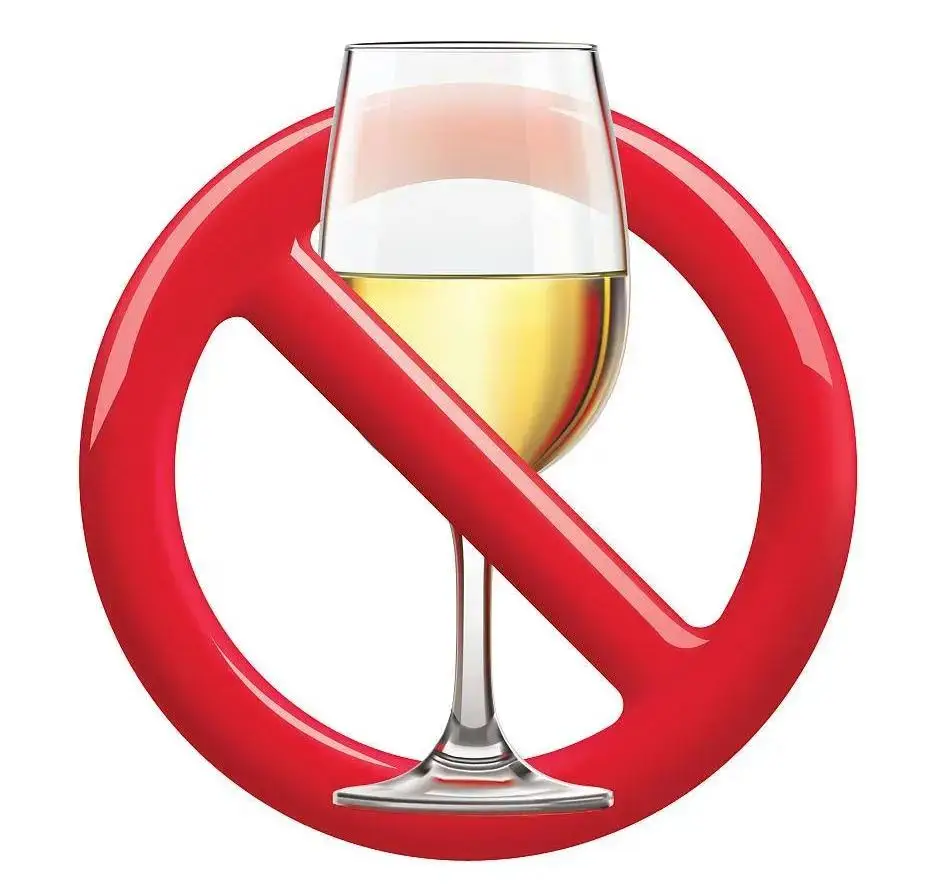
Jaundice, the medical term for yellowing skin and eyes, occurs when there's too much bilirubin in the blood. Bilirubin is a yellow pigment formed during the normal breakdown of red blood cells. A healthy liver processes and excretes bilirubin efficiently, but when alcohol damages the liver, this vital function becomes compromised.
The relationship between alcohol consumption and liver damage follows a predictable pattern. Initially, the liver develops fatty deposits—a condition known as fatty liver disease. This stage is often reversible with abstinence. However, continued drinking leads to inflammation and scarring, progressing to alcoholic hepatitis and eventually cirrhosis. Throughout this progression, the liver's ability to process bilirubin diminishes, causing it to accumulate in the bloodstream and tissues.
What makes alcohol particularly damaging is how it metabolizes in the body. When you consume alcohol, your liver prioritizes breaking it down over its other functions. This process produces toxic byproducts that directly injure liver cells. Over time, repeated exposure to these toxins causes inflammation, cell death, and the formation of scar tissue that replaces healthy liver tissue.
The appearance of jaundice represents a critical turning point. When the skin turns yellow, it typically indicates that liver damage has progressed beyond the initial stages. Studies show that among patients with alcohol-related liver disease, the emergence of jaundice correlates with approximately 30-50% mortality within one month if drinking continues.
Beyond the visible yellowing, other symptoms often accompany alcohol-induced liver damage. These may include fatigue, abdominal pain, swelling in the legs and abdomen, dark urine, and pale stools. The combination of these symptoms with jaundice should prompt immediate medical attention.
The good news is that the human liver possesses remarkable regenerative capabilities—if given the opportunity. Research demonstrates that abstaining from alcohol can lead to significant improvement in liver function, even in cases where damage has occurred. Within weeks of quitting, inflammation begins to decrease, and over months, some scar tissue may even reverse.
The journey to recovery starts with complete alcohol cessation. Medical supervision is often necessary, as withdrawal symptoms can be severe. Nutritional support becomes crucial—a balanced diet rich in proteins, vitamins, and minerals helps repair damaged liver cells. In some cases, medications may be prescribed to manage complications and support healing.
For those wondering how much alcohol is "safe," the answer varies by individual factors including genetics, gender, and overall health. However, numerous health organizations agree that no amount of alcohol consumption is completely risk-free. The liver processes approximately one standard drink per hour, and consistently exceeding this capacity inevitably leads to damage over time.
The appearance of yellowing skin serves as the body's final warning—a visible cry for help from an overburdened liver. While the changes may seem cosmetic initially, they represent underlying damage that could become irreversible. Recognizing this sign early and taking immediate action to quit alcohol can literally mean the difference between life and death.
Modern medicine offers various support systems for those struggling with alcohol dependence. From counseling and support groups to medical treatments that reduce cravings, numerous resources exist to help individuals break free from alcohol's grip. The journey isn't easy, but considering the alternative—progressive liver failure—every effort toward sobriety represents an investment in survival.
The yellowing skin that many try to conceal with makeup or clothing isn't just a cosmetic issue—it's a medical emergency written on the body's largest organ. Heeding this warning by quitting alcohol gives the liver the chance to heal and the body the opportunity to reclaim its health. Your skin's normal coloration might return, but more importantly, you'll have addressed the life-threatening condition beneath the surface.
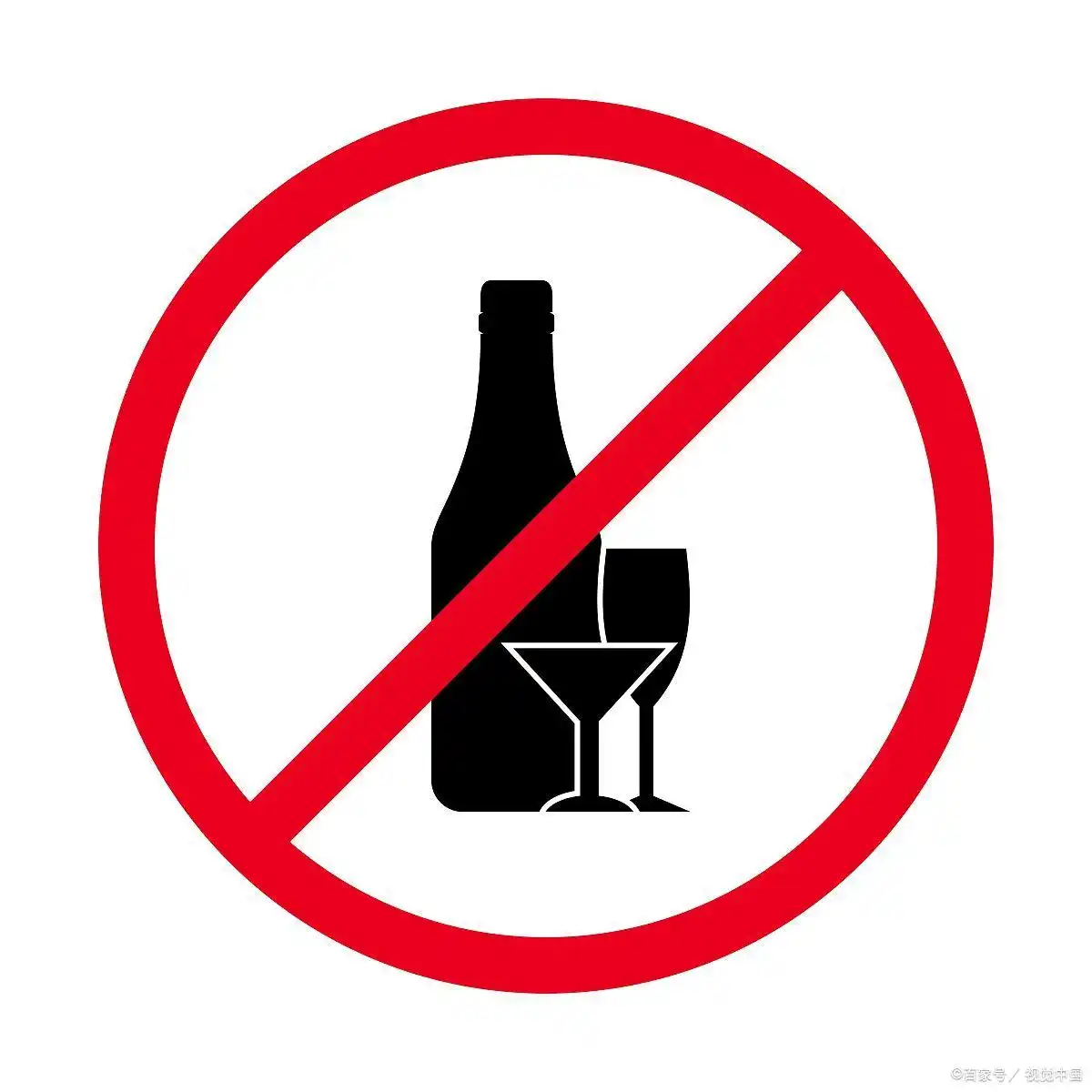
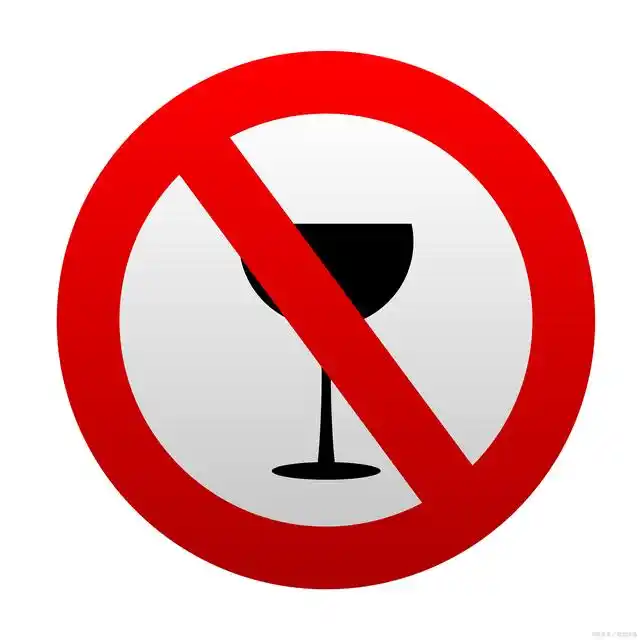
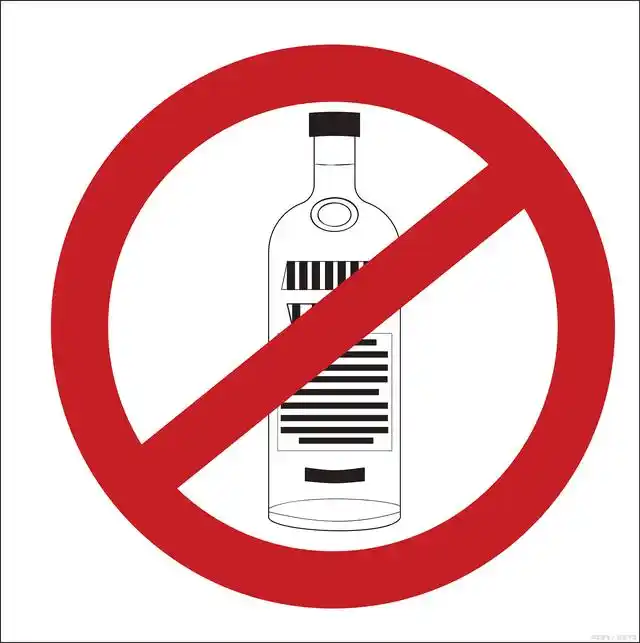
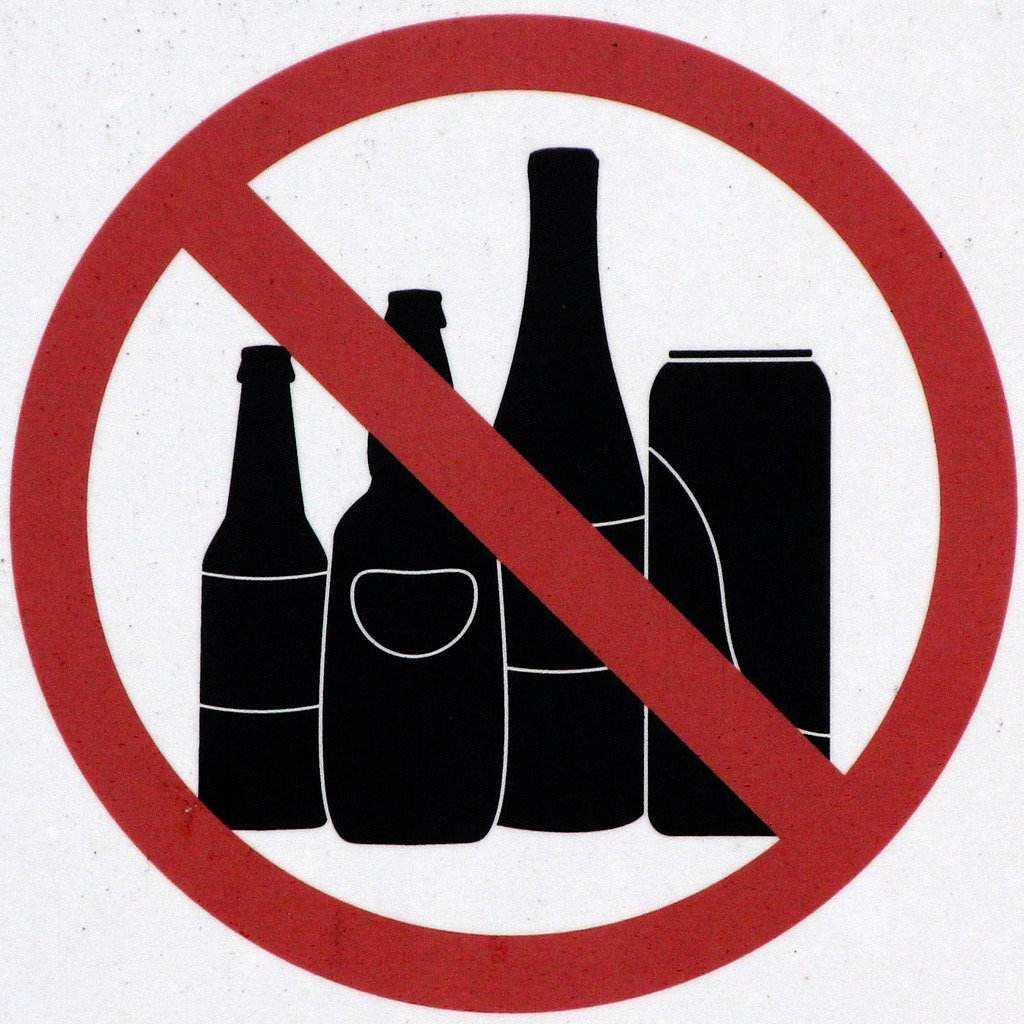
发表评论